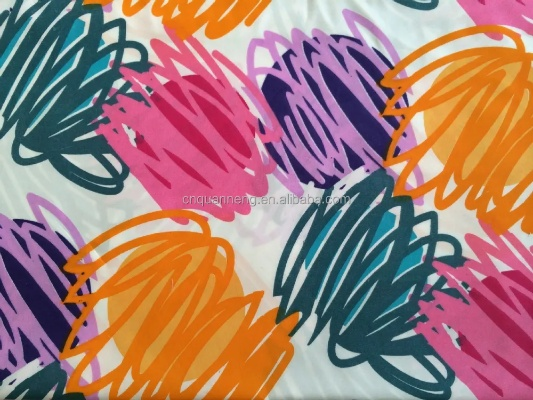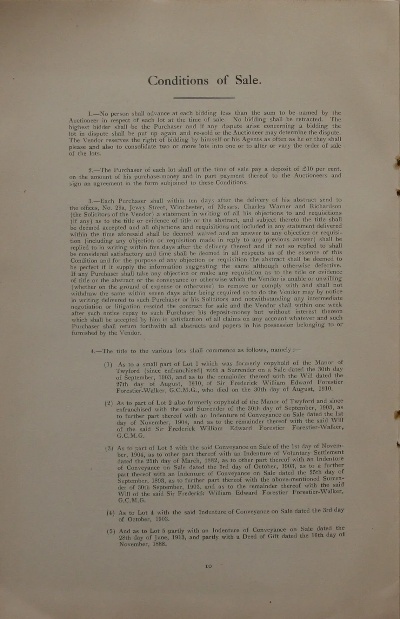Advanced Techniques for Improving Textile Images in Post-Production
In this study, we introduce advanced techniques for enhancing textile images in post-production processes. These include using machine learning algorithms to improve image quality and color accuracy, as well as applying advanced image processing techniques such as edge detection and noise reduction. Additionally, we explore the use of deep learning models specifically designed for textile image analysis, which can provide more accurate and consistent results compared to traditional methods. Finally, we discuss the potential applications of these techniques in various industries, including fashion, home furnishings, and apparel manufacturing. Overall, these advanced techniques offer significant benefits in improving the overall quality and consistency of textile images, ultimately benefiting both consumers and manufacturers alike.
Introduction: In the world of fashion and textile design, imagery is a powerful tool for communicating emotions, conveying stories, and capturing attention. Photographers often capture stunning images of fabrics, but the true potential of these images lies in their ability to be transformed into visually appealing, high-quality images through post-production techniques. In this guide, we'll explore some advanced techniques for improving textile images in post-production. By using these techniques, you can enhance the quality of your images, making them stand out from the rest and resonate with your audience.
Image Editing Techniques:

-
Image Enhancement: One of the most important steps in post-production is enhancing the image. This involves adjusting the brightness, contrast, saturation, and other parameters to make the image more vibrant and attractive. For example, increasing the saturation can help bring out the colors in the fabric, while reducing the brightness can create a softer, more natural look.
-
Color Correction: Color correction is essential for ensuring that the colors in the image match the actual fabric. This can involve adjusting the hue, saturation, and luminance of individual colors or entire areas of the image. For instance, if the fabric has a lot of blue, you might want to increase the saturation of the blue tones without overpowering the other colors.
-
Texture Adjustment: Texture is an important aspect of textile images, as it helps to create a sense of depth and dimensionality. This can be achieved by adjusting the texture map, which represents the surface of the fabric. You can use this technique to simulate different textures, such as smooth or rough fabric, or even add texture effects like moth holes or wrinkles.
-
Filter Effects: Filter effects can add a touch of creativity to your images. For example, using a gradient filter can create a seamless transition between different shades of color, while a blur effect can soften the image and create a more abstract feel.
-
Layering: Layering is another essential technique for achieving a cohesive look in your images. By stacking multiple layers with different adjustments applied to each one, you can achieve a variety of looks without having to edit each layer individually.
-
Noise Reduction: Noise reduction is crucial for maintaining the clarity of your images. This can be achieved by using noise reduction filters or techniques like selective color removal. By removing distracting elements like dust particles or scratches, you can focus on the details of the fabric and create a more professional-looking image.
-
Crop and Resizing: Finally, cropping and resizing are essential for organizing and presenting your images effectively. By selecting the appropriate size and aspect ratio for your images, you can ensure that they are displayed in a way that best showcases their beauty and appeal.
Case Study: One example of how these techniques can be used is in the case of a fashion brand that specializes in sustainable textiles. The company wanted to showcase its eco-friendly materials and innovative designs in high-quality images that would resonate with customers who are conscious about their environmental impact.
To achieve this, the photographer took several shots of the fabric in various lighting conditions and angles. They then used image editing software to enhance the colors, adjust the texture, and add filters to give the images a unique and eye-catching look.
The team also experimented with different layering techniques to create a variety of looks without losing detail. They added subtle noise reduction filters to remove any distracting elements and ensure that the focus was on the fabric itself.
Finally, they cropped and sized the images to ensure that they were presented in a way that was both aesthetically pleasing and informative. By using these techniques, the company was able to create high-quality images that showcased not only the beauty of the fabric but also its sustainability and ethical production practices.
Conclusion: In conclusion, post-production techniques play a crucial role in transforming raw images of textiles into visually appealing, high-quality images that resonate with audiences. By using techniques like image enhancement, color correction, texture adjustment, filter effects, layering, noise reduction, cropping, and resizing, photographers can take their images to the next level and create works that truly stand out. Whether you're a professional photographer or a hobbyist, investing time and effort into your post-production skills will pay off in terms of increased creativity and better results for your audience.
纺织品拍摄后期处理概述

在摄影行业中,纺织品拍摄后期处理是一个不可或缺的环节,它不仅是对拍摄效果的优化和提升,更是对纺织品品质和外观的一次全面升级,本篇将围绕纺织品拍摄后期处理的主题,为您详细介绍相关知识。
纺织品拍摄后期处理的重要性
- 提高照片质量:通过后期处理,可以改善照片的色彩、对比度、清晰度等,使纺织品照片更加生动、真实。
- 提升纺织品品质:通过优化纹理、去除瑕疵、调整色差等手段,可以提升纺织品的整体品质和外观。
- 满足客户需求:后期处理可以更好地满足客户对纺织品外观和品质的要求。
案例分析
以下是一个纺织品拍摄后期的案例分析,以供参考:
纺织品拍摄前期准备
在拍摄前,摄影师需要对纺织品进行全面的观察和了解,包括纺织品的材质、颜色、纹理等,还需要准备好拍摄所需的设备、道具等,在后期处理阶段,摄影师可以通过调整色彩、对比度、锐度等参数,使纺织品照片更加生动、真实。
后期处理步骤
- 色彩调整:根据拍摄需求,对纺织品照片的色彩进行调整,使色彩更加协调、自然。
- 去除瑕疵:通过软件去除纺织品照片中的瑕疵和不良细节。
- 纹理优化:通过软件优化纺织品照片的纹理,使其更加细腻、平滑。
- 调整色差:根据实际拍摄情况,调整纺织品照片中的色差,使其更加符合客户的要求。
纺织品拍摄后期处理的具体操作步骤
- 观察和分析照片:在后期处理之前,摄影师需要仔细观察和分析照片,了解照片的优缺点,以便更好地进行后期处理。
- 选择合适的后期处理软件:根据照片的需求和特点,选择合适的后期处理软件,对于色彩调整,可以选择色彩平衡或饱和度调整软件;对于纹理优化,可以选择图像处理软件等。
- 进行后期处理:根据软件的操作指南,进行具体的后期处理工作,调整色彩平衡可以调整照片的明暗对比度;优化纹理可以调整纹理的细腻程度等。
- 检查和处理细节:在完成后期处理后,摄影师需要仔细检查和处理照片中的细节,确保照片的质量和效果达到预期要求。
纺织品拍摄后期处理的技巧和注意事项
-
技巧: (1)根据照片的需求和特点选择合适的后期处理软件和参数。 (2)注意细节的处理和调整,确保照片的质量和效果达到预期要求。 (3)保持耐心和细心,不断尝试和改进后期处理技巧和方法。
-
注意事项: (1)在后期处理过程中,要尊重原片,不要随意修改或改动过多。 (2)要注意保护原片的质量和外观,避免对原片造成不必要的损害。 (3)要根据实际情况选择合适的后期处理方法和技巧,不要盲目跟风或过度处理。
纺织品拍摄后期处理是摄影行业中不可或缺的一环,通过合理的后期处理,可以改善照片的质量和效果,提升纺织品品质和外观,满足客户需求,在后期处理过程中,需要注意技巧和注意事项,尊重原片、保护原片的质量和外观,还需要不断尝试和改进后期处理技巧和方法,提高后期处理的水平和效果。
Articles related to the knowledge points of this article:
A Profile of PJSH Textiles The Fabric of Modern Elegance
Narishima Textiles:Crafting the Perfect Blend of Quality and Style



![The Art of Softness in Fashion:An Insight into 宸之漫纺织品]](https://www.i505i.cn/zb_users/upload/2025/09/20250917090724175807124467058.png)